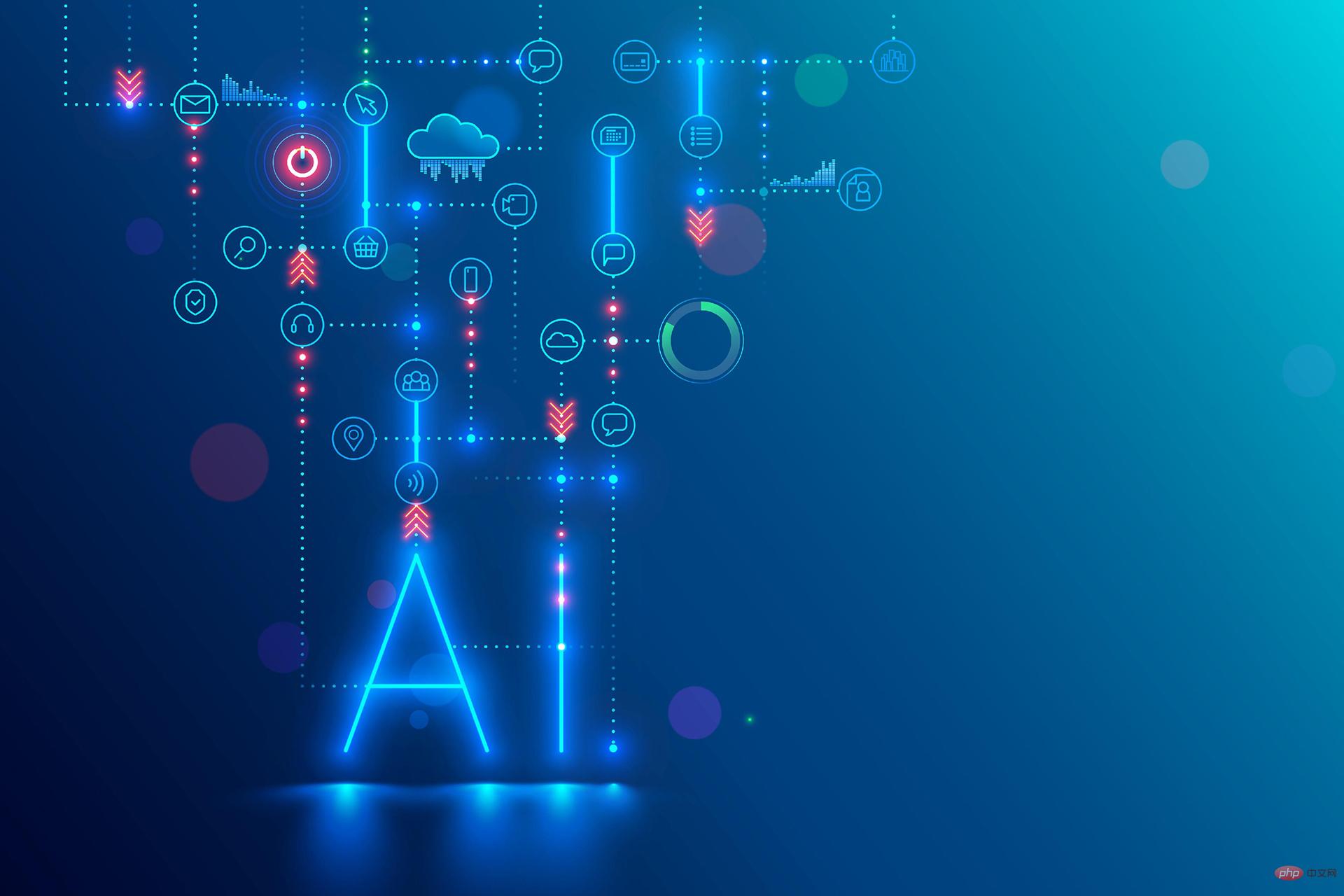
Although the two technologies operate differently, they work well together because artificial intelligence requires massive amounts of data to generate intelligence. At the same time, big data provides a large amount of data for artificial intelligence. This article explains the relationship between big data and artificial intelligence and how they can work together to solve enterprise problems.

#Artificial intelligence and big data provide a new dimension to computing through machine learning. Although big data has only recently become popular, it allows individuals to analyze huge data sets, enhancing the potential of artificial intelligence. According to a recent survey, 76.5% of participants believe that big data and artificial intelligence are increasingly intertwined, helping to develop cognitive capabilities in enterprises.
Although the two technologies operate differently, they work well together because artificial intelligence requires massive amounts of data to generate intelligence. At the same time, big data provides a large amount of data for artificial intelligence. This article explains the relationship between big data and artificial intelligence and how they can work together to solve enterprise problems.
The integration of artificial intelligence and big data has brought significant changes to the way businesses operate in various industries. Bringing these two technologies together brings many business-game-changing benefits.
Traditionally, companies estimate sales for the current year based on data from the previous year. Using big data, businesses can spot patterns and trends early and understand how these trends will impact future performance. This enables businesses to make better decisions and improve forecast accuracy. This is particularly important in the retail industry, where seasonal forecast accuracy can be improved by 50%.
By identifying potential risks early and quantifying risk exposure and potential losses, companies can better predict, plan for and respond to changes and security issues. Big data-driven models also help companies identify and respond to challenges posed by customer and market risks, as well as unpredictable events such as natural disasters.
By monitoring consumers’ behavioral patterns and identifying their interests, businesses can tailor their products to meet consumers’ needs more effectively. As a result, businesses can increase brand loyalty, generate greater conversion rates, and spot trends earlier.
Businesses can leverage customer digital footprints to generate vast amounts of data to gain valuable insights into individual customers. With intelligent analytics tools sitting on top of data lakes designed to collect and synthesize data from disparate sources, businesses can better understand their customers. This enables businesses to improve their marketing strategies and customer service, ultimately increasing customer satisfaction.
With analytics powered by big data, businesses can detect anomalies in system behavior. These systems can also comb through large amounts of data to identify potential fraud and alert businesses to cybersecurity threats that have not yet surfaced in their own systems. This is crucial in today’s digital age, where cybersecurity threats are becoming increasingly sophisticated and pervasive.
Marketing: Businesses are leveraging big data analytics and artificial intelligence to create marketing campaigns that target the right people with the right message audience. Using a content management approach to improve enterprise content requirements has resulted in a clear business proposition.
E-commerce: Businesses can provide users with customized experiences based on their purchasing preferences and past purchase records. Services are improved by leveraging smart chatbots, personalized recommendations, push notifications and customized user experience.
Smart devices: They use artificial intelligence for speech recognition and natural language processing to simplify people's lives. Tech companies are developing smart speaker devices so that people can interact with them and control their homes remotely.
Manufacturing: This industry leverages big data artificial intelligence to simplify complex and routine industry tasks, increase production and reduce risks. In the healthcare industry, AI-based care allows patients to consult doctors at home while reducing hospital visits and providing quick, affordable treatment options to the public.
Automotive: The industry has embraced artificial intelligence, and self-driving car computers are being trained to make choices using deep learning models. Artificial intelligence now powers components such as accident detection functions, GPS systems, radar systems, smart cameras, lane control and sensors.
Big data and artificial intelligence work together in a complementary way, and enterprises must use these advanced technologies to maintain a competitive advantage, because artificial intelligence and big data have the ability to completely change the way people work, learn and live.
The above is the detailed content of How do artificial intelligence and big data work together?. For more information, please follow other related articles on the PHP Chinese website!




